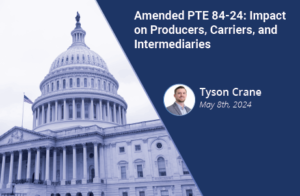April 26th, 2024 | Jay McCready, Business Development, CapitalROCK
Regulation Best Interest (Reg BI) was adopted by the Securities and Exchange Commission on June 5, 2019. The intent was to institute a “best interest” standard for recommendations to retail customers by broker-dealers. As we have come to learn, there are four key obligations that comprise Reg BI: The Disclosure Obligation, The Care Obligation, The Conflict of Interest Obligation, and The Compliance Obligation [1]. All of these are certainly equally important. However, The Care Obligation is worth putting into focus, for not only being routinely highlighted in exam priorities, but also for the difficulty in showing evidence that it has been satisfied.
Consistently Listed in Exam Priorities
Compliance with Reg BI was expected by June 30, 2020. So, there was no surprise that the topics of Reg BI and Form CRS made it into the Financial Industry Regulatory Authority’s (FINRA) 2020 Risk Monitoring and Examination Priorities Letter. They indicated that they would initially assess firms’ readiness and then after the implementation date their compliance with the rule. It’s worth noting that even in the early priorities, one of the factors emphasized by FINRA was, “Do your firm and your associated persons consider reasonably available alternatives to the recommendation?” [2]. Since that time, Reg BI made it on the list of priorities for FINRA on their Annual Risk Monitoring and Examination Priorities Letters in 2021, 2022, and 2023. And more specifically, in 2022 and 2023 within the detail given to Reg BI, The Care Obligation was highlighted and given considerable space. [3,4]
At the beginning of the year, on January 9, FINRA dutifully released their exam priorities for 2024. The report name was changed from the Annual Report on FINRA’s Examination and Risk Monitoring Program to the FINRA Annual Regulatory Oversight Report. Which, I guess, is some welcomed truncation of the original name. But guess what didn’t change. Once again, Reg BI, and the related Form CRS made the list of exam priorities. All the obligations were given space and spoken to, but front and center was The Care Obligation, along with the need for evaluation of Reasonably Available Alternatives (RAA). [5]
Let’s Remember What the Care Obligation Is:
There are essentially three components. The Care Obligation requires that a financial professional, “exercises reasonable diligence, care, and skill when making a recommendation to a retail customer to:
-
- understand potential risks, rewards, and costs associated with recommendation, and have a reasonable basis to believe that the recommendation could be in the best interest of at least some retail customers;
-
- have a reasonable basis to believe the recommendation is in the best interest of a particular retail customer based on that retail customer’s investment profile and the potential risks, rewards, and costs associated with the recommendation and does not place the interest of the broker-dealer ahead of the interest of the retail customer; and
-
- have a reasonable basis to believe that a series of recommended transactions, even if in the retail customer’s best interest when viewed in isolation, is not excessive and is in the retail customer’s best interest when taken together in light of the retail customer’s investment profile.” [6]
An additional caveat to remember is that a recommendation will be evaluated based on the time of the recommendation not after the fact. So, for example, five years ago when the recommendation was made, what was the situation, not what is our interpretation of the recommendation given present conditions. The merits must exist in time with the recommendation, and not be applied in reflection.
What Makes Satisfaction of the Care Obligation Tricky
Essentially, a financial professional needs to take all things into consideration when formulating a recommendation for a customer. On the one hand the customer’s investment profile with all possible risks, rewards, and expense that goes along with it needs to be understood and evaluated. On the other hand, the product(s) or account(s) being considered need to be evaluated specifically against those client’s investment profile attributes. Many of these things may be done in the financial professional’s head or by way of their innate understanding of products and how they act. It is after all their business to know. That is what they are being tasked and trusted to do, because of their knowledge and understanding. However, how does a financial professional show an examiner they took care and diligence if they don’t illustrate their steps? The rule doesn’t require documentation of Reasonably Available Alternatives, but it seems that there is a kind of unspoken need to do so, because without documentation of other products or accounts considered how can they show what they have done, and that proper care was taken.
Additionally, the firm also has to show that care was taken and that their policies and procedures were followed in respect to Reg BI and our focus subject, the Care Obligation. Once again documentation seems to be the key to being able to do this. It would also seem very imperative that the documentation of Reasonably Available Alternatives shows that they are relevant. Meaning, they can’t just be a few more products that happen to all start with the letter “A”, because they were just grabbed from the top of an approved product list. Or, as another scenario, a list of inappropriate products that clearly have no relevance to the client’s needs, conditions, or preferences; that were just grabbed to try and fulfill the need for options. And remember, as I pointed out earlier, the notation has to also be relevant to the time of the recommendation. The best way to do this would be to make them as the recommendation is made. That’s really the crux of the struggle with The Care Obligation is that the work needs to be shown, the policies and procedures around the work need to be shown, and the current aspects at the time of the recommendation need to be captured. This creates an awful lot of work for the financial professional and the firm.
Let RightBRIDGE bear the brunt of the work.
Alright so, it seems that Reg BI and the Care Obligation are here to stay and are likely to be a focus item for examiners in the foreseeable future. How can financial professionals not get mired down in the extra work and how can firms provide their teams with efficiency? Well, many firms are, in a way, taking a page out of Henry Ford’s playbook. Afterall, isn’t the assembly line a physical embodiment of systematized process? Comparatively, leveraging tools like RightBRIDGE provides firms with the ability to structure their process and help their professionals not only become freed up from additional requirements, but also gain a competitive advantage over their peers who may not be leveraging technology.
Incorporating RightBRIDGE allows the burden of the “show-your-work” effort and documentation of RAA to be taken off the shoulders of financial professionals. Allowing them to get back to their main focus, helping clients. While at the firm level, RightBRIDGE provides a structure for the firms’ policies and procedures, along with the ability to create reports that capture the financial professional’s work. These reports contain RAA that have been paired to the client’s profile per the firms’ rules, along with CapitalROCK’s trademarked feature ReasonText® explaining the results. Most importantly all of it is created contemporaneously as the financial professional works through their process. This ensures that the information is tied to the time of the recommendation just as the examiners will require. RightBRIDGE helps bear the burdens of note taking and documentation for the financial professional, while helping firms structure their policies and procedures and make adherence to them standardized and reportable. The Care Obligation can go from a time-consuming aspect of Reg BI to one of the easiest.
Do you want to see how it works? We are always happy to walk you through the system. Feel free to reach out to us at: [email protected]
References:
[1] https://www.sec.gov/info/smallbus/secg/regulation-best-interest
[6] https://www.sec.gov/info/smallbus/secg/regulation-best-interest




